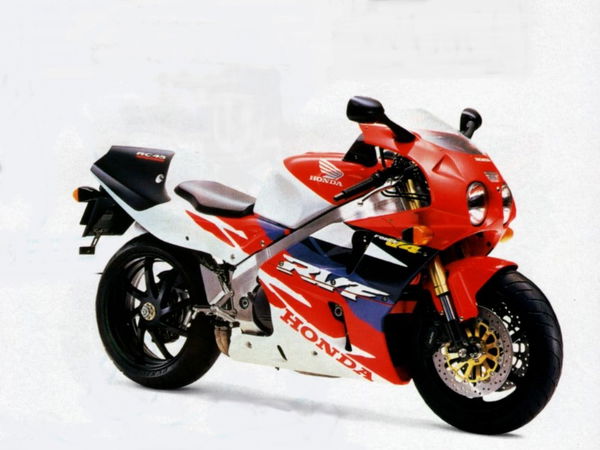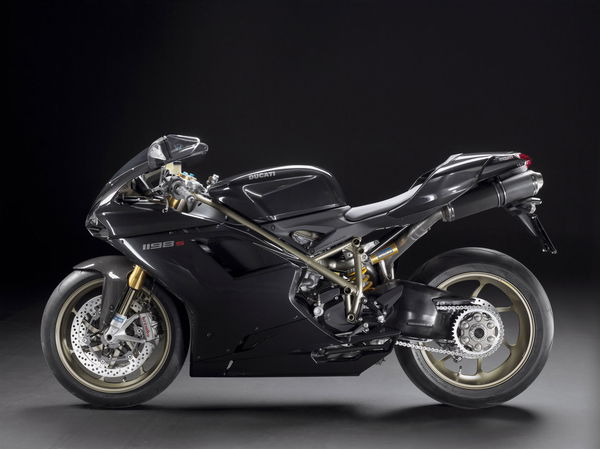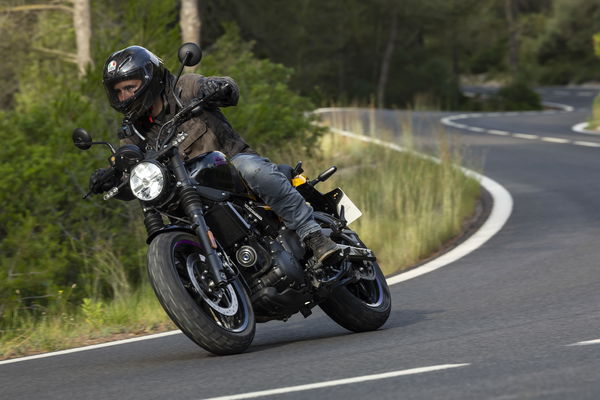RC45 (1994 - 1999) review
Our RC45 had been re-painted in the Castrol Honda colours of a TT marshal’s bike, which was a shame. The ‘Groundwork Southeast’ logo under the seat looked especially uninviting. The ’45 was never a pretty bike but has always had a squat, purposeful stance to it. Like the 916 the Honda has a single-sided swingarm (at least Honda’s had genuine heritage from endurance racing Championships), but unlike the Ducati the RC45 is no work of art.

Our RC45 had been re-painted in the Castrol Honda colours of a TT marshal’s bike, which was a shame. The ‘Groundwork Southeast’ logo under the seat looked especially uninviting. The ’45 was never a pretty bike but has always had a squat, purposeful stance to it. Like the 916 the Honda has a single-sided swingarm (at least Honda’s had genuine heritage from endurance racing Championships), but unlike the Ducati the RC45 is no work of art.
Mild-steel bolts keep the various sections of the exhaust together, the footrest hangars are clunky after-thoughts, there’s no Öhlins to be seen anywhere and the bodywork is made of the usual plastic instead of the 916SP’s carbon seat unit. It’s hard to see how Honda justified that £18k price tag, but that was always the thing with the RC45. On paper it did indeed look like a waste of money, but then you rode it flat-out and all of that changed in an instant.
We head out into the fast, open A-roads around Cambridgeshire, the flat bark of the Honda a stark contrast to the Ducati’s exhaust boom and clutch rattle. These are proper sportsbikes, raw and difficult to master. The RC45 is stupifyingly uncomfortable, I remember it being bad but this is ridiculous. The Showa forks are nigh on solid (great for front-end feedback but lousy for anything else) while the rear is low and the distance from seat to pegs is about four inches. Add in the fat fuel tank and you’re squatting like a toad. Then factor in the 85mph first gear and through traffic it’s hard to imagine anything more ungainly.











